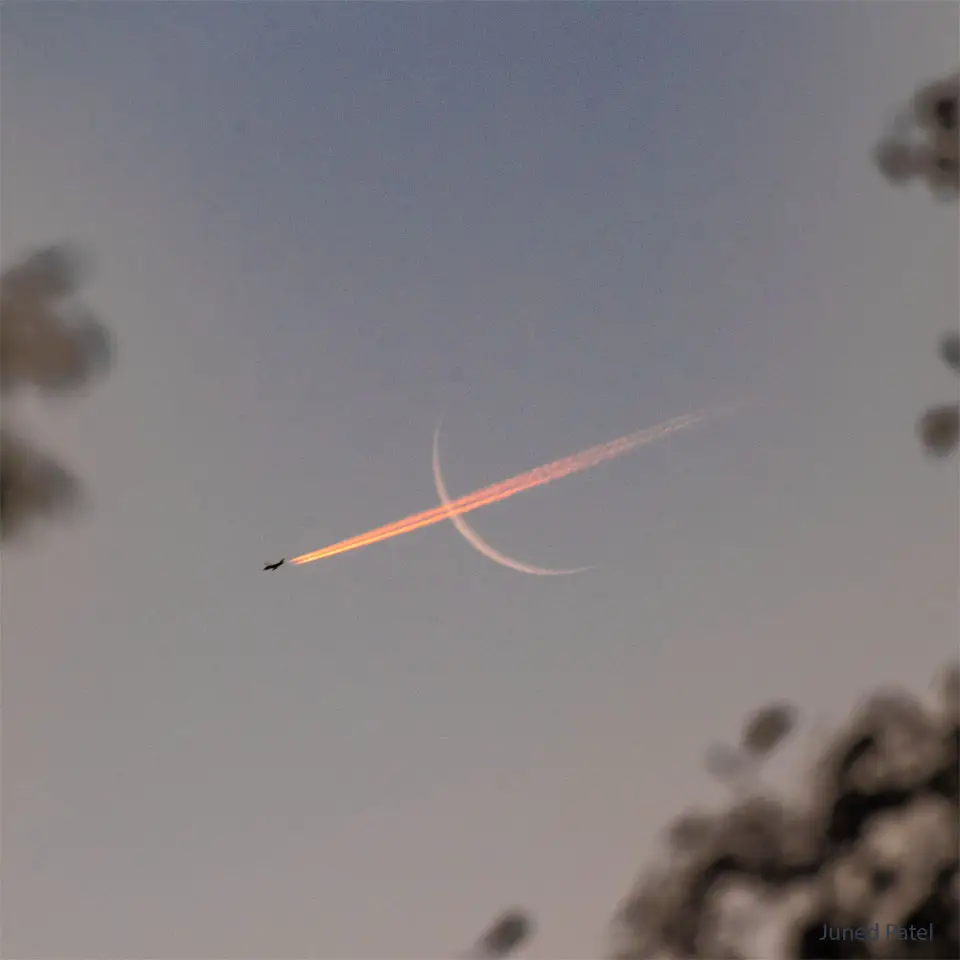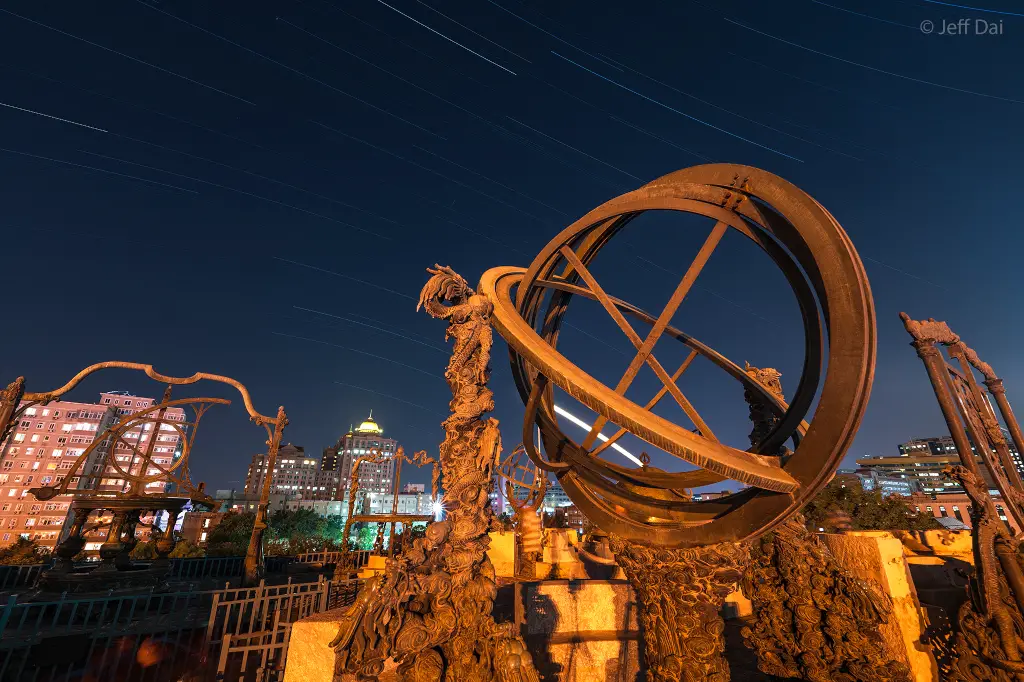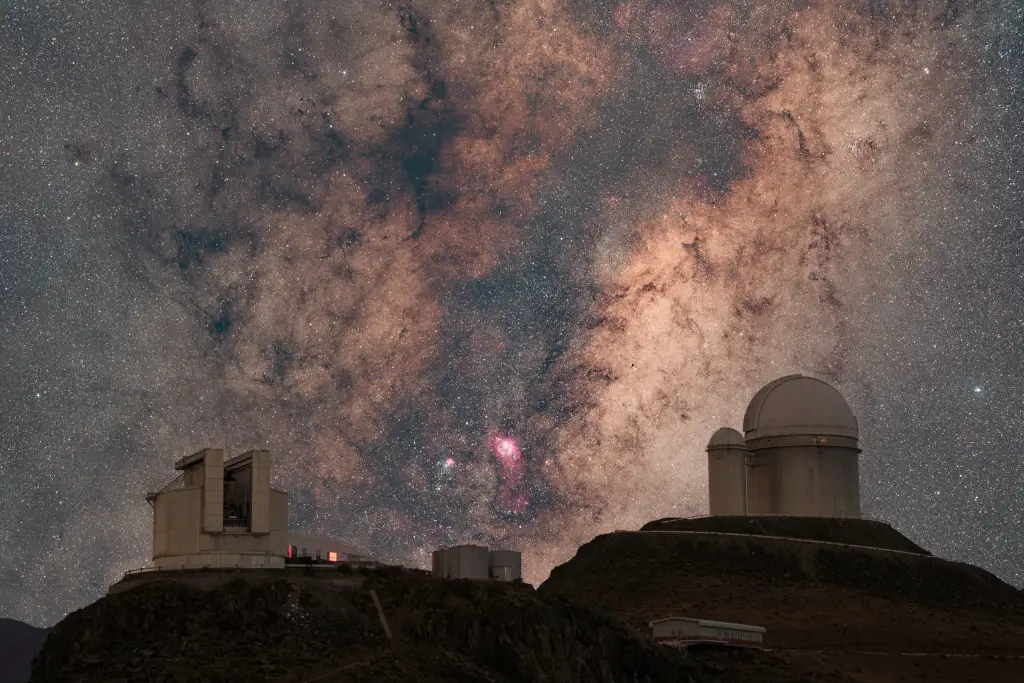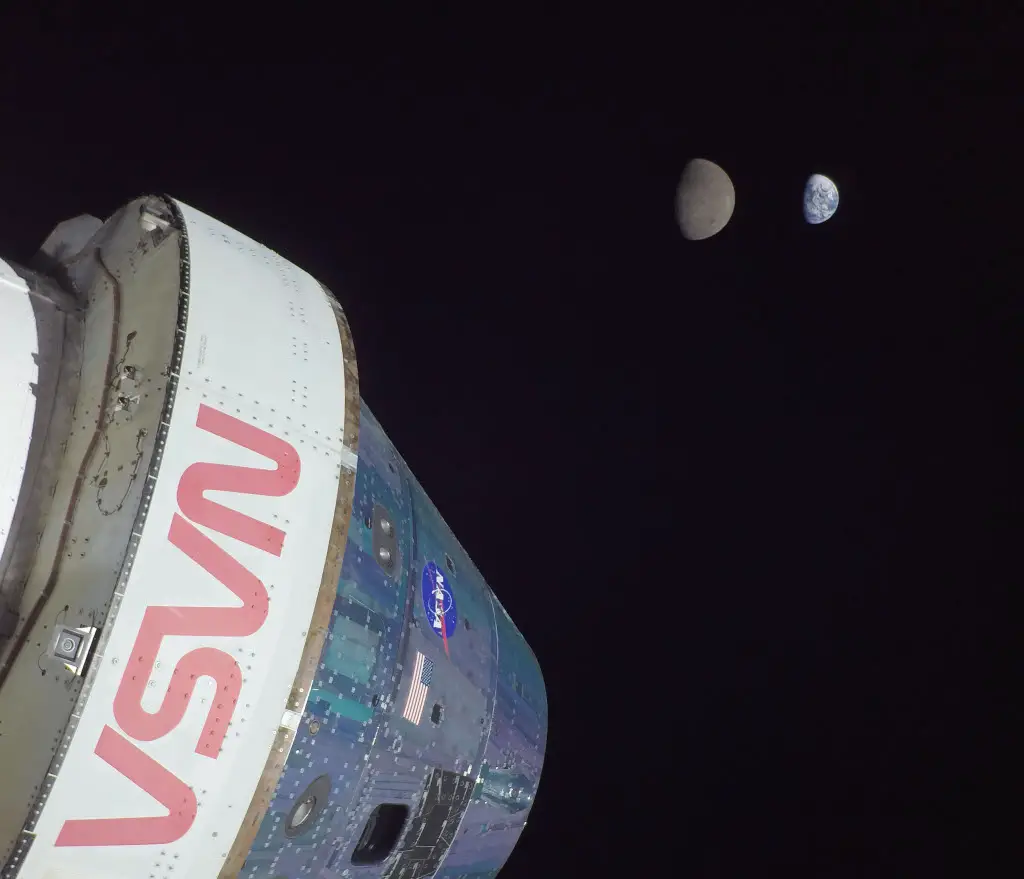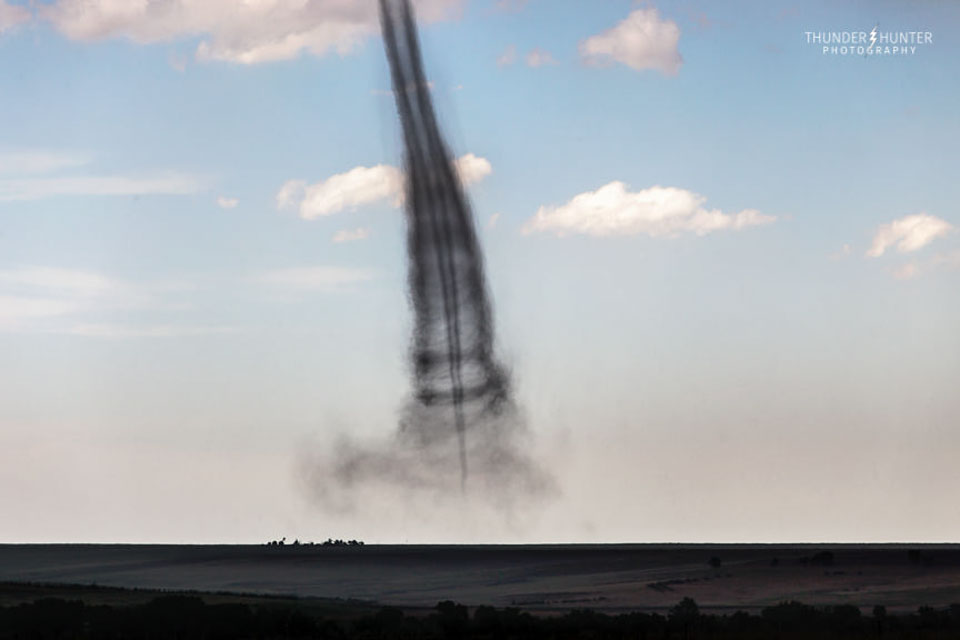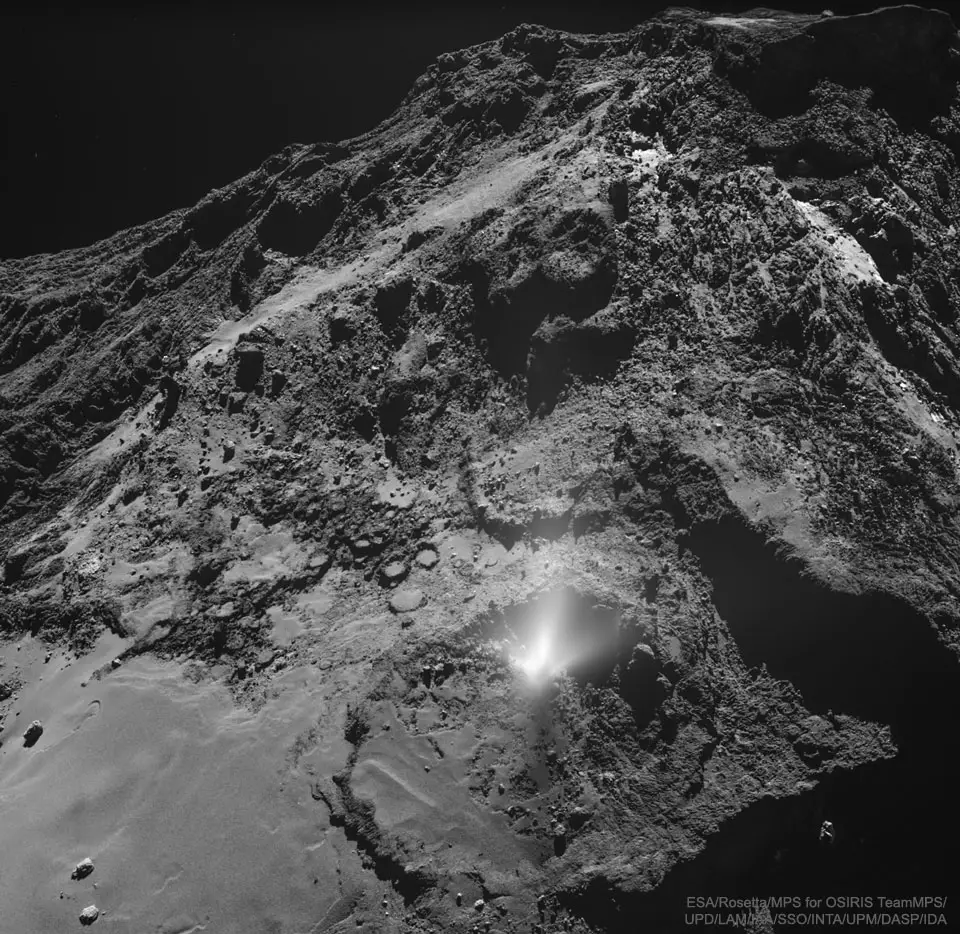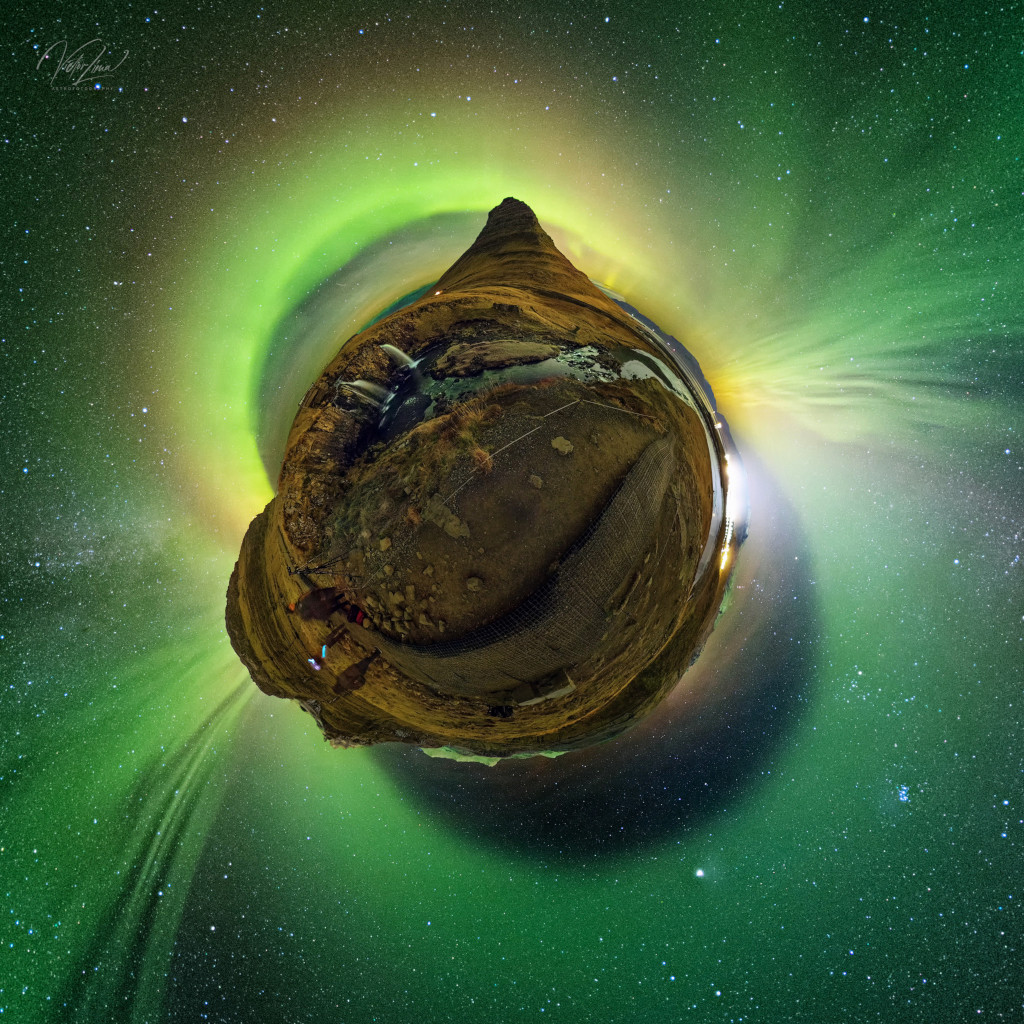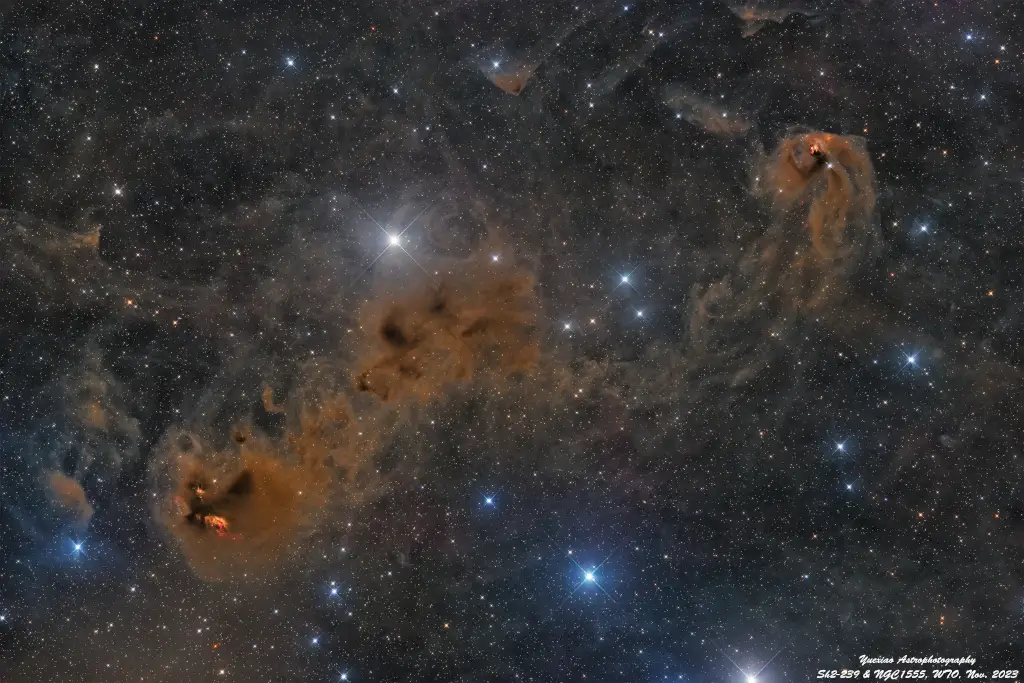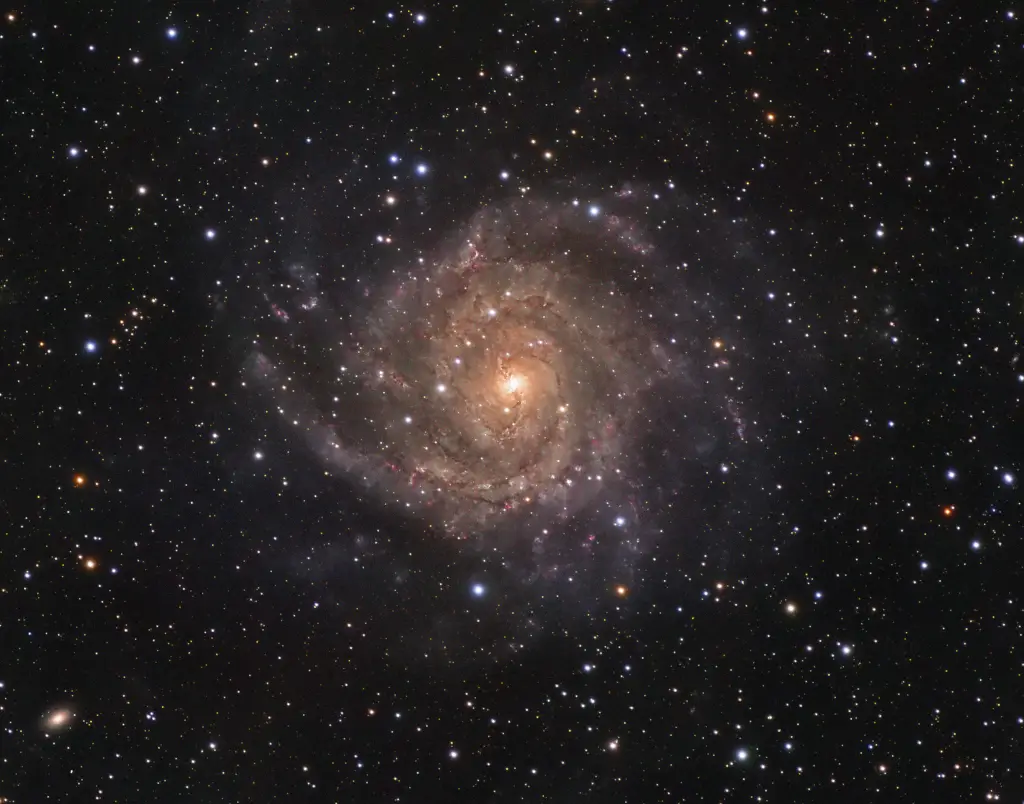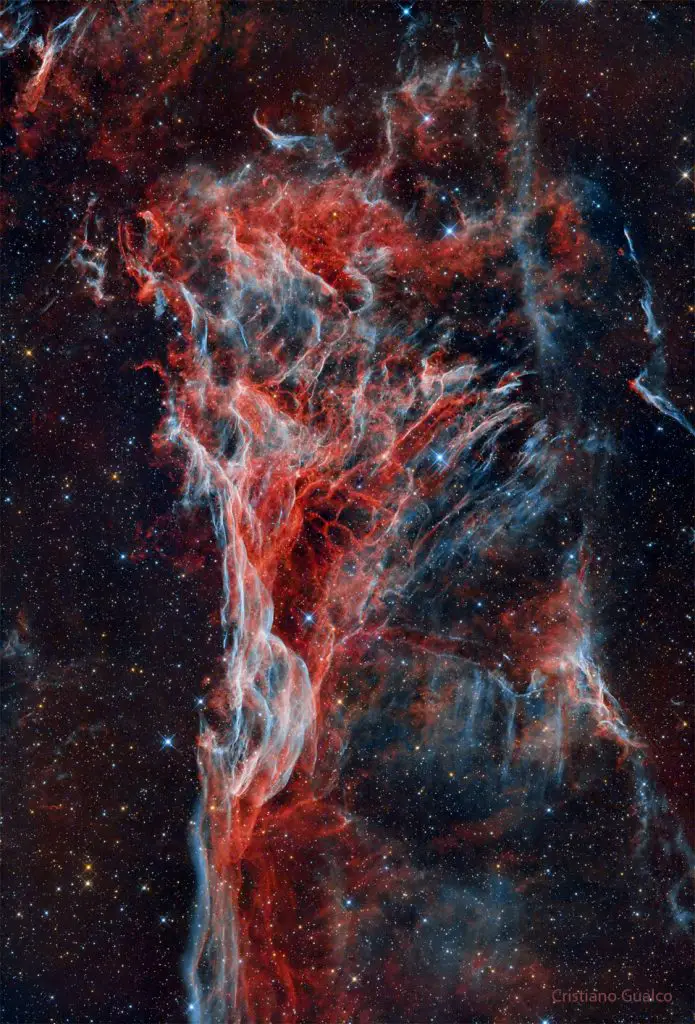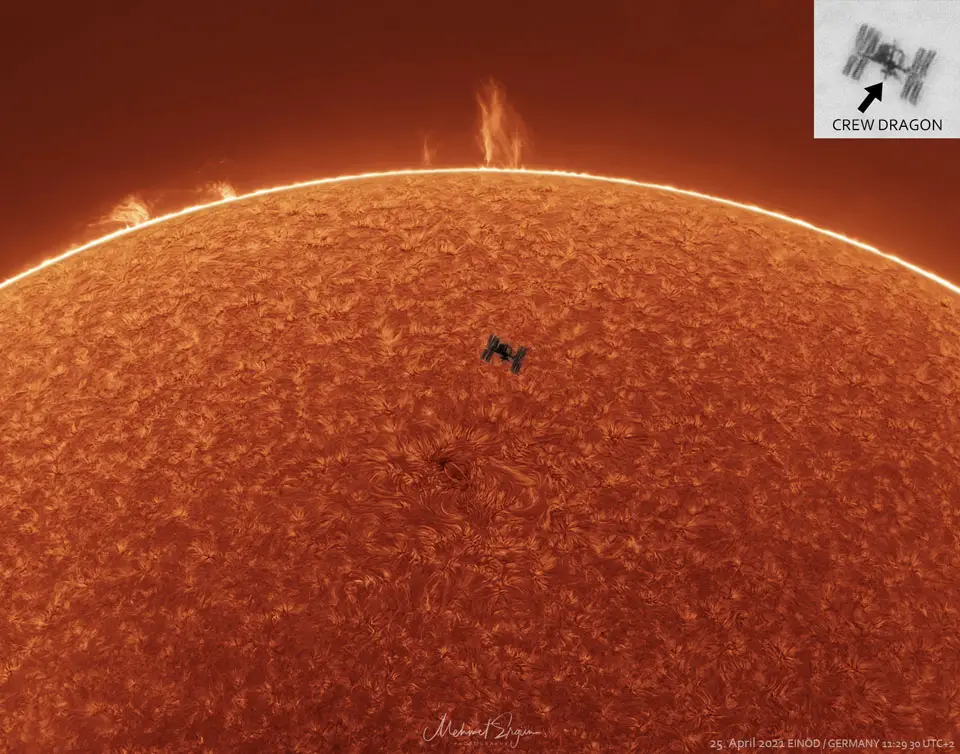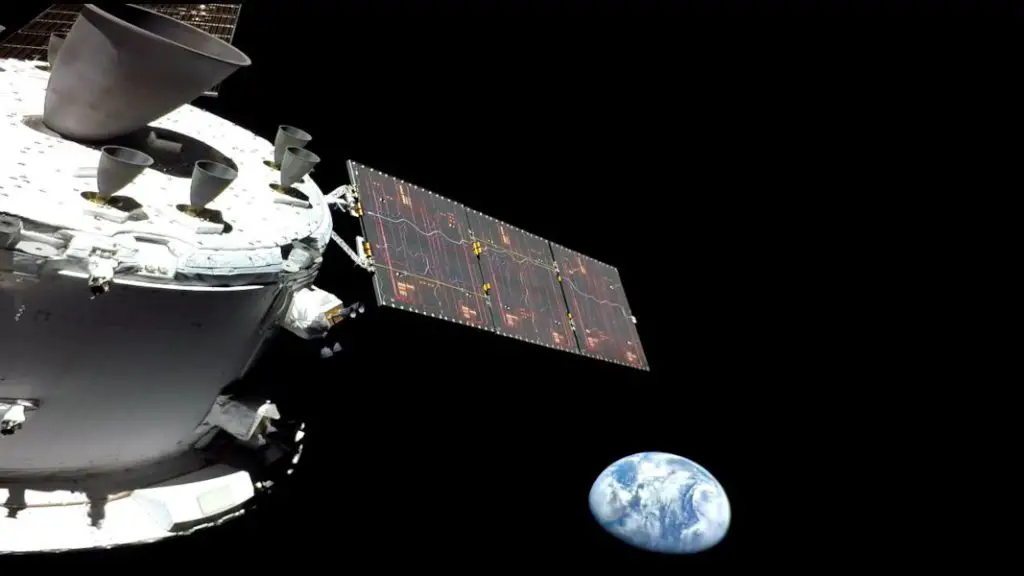Plane Crossing Crescent Moon
Copyright: Juned Patel No, the Moon is not a bow, and no, it did not shoot out a plane like an arrow. What is pictured is a chance superposition. The plane’s contrail would normally appear white, but the large volume of air toward the rising Sun preferentially knocked away blue light, not only making the […]
